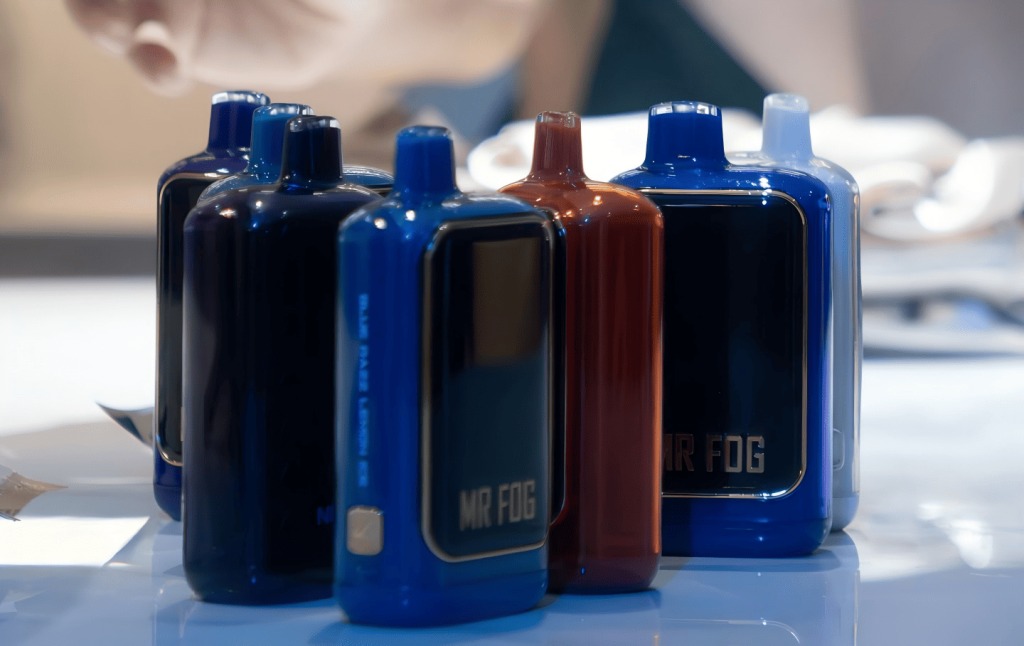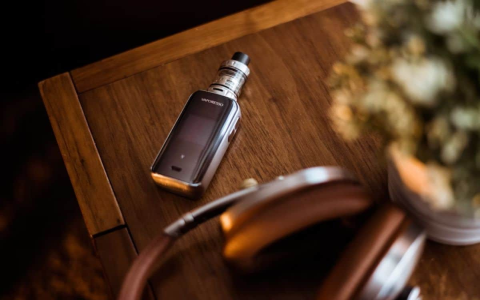Transport Canada’s regulations strictly control e-cigarette usage throughout air travel. Understanding where vaping is explicitly prohibited and the limited scenarios where it might be permitted is essential to avoid penalties and ensure safety.
Where Vaping is Prohibited
Inside Aircraft Cabins: Without exception, vaping using electronic cigarettes, vape pens, e-cigars, or other personal vaporizers is illegal at all times while onboard any commercial aircraft operating in Canadian airspace. This includes during boarding, while the aircraft is taxiing, on the runway, in flight, and during deplaning.

Canadian Airport Indoor Areas: Federal law prohibits vaping inside Canadian airport terminals and buildings. This encompasses all passenger areas, waiting lounges, restrooms, restaurants, shops, and corridors.
Where Limited Permission Might Exist
Designated Airport Smoking Areas: A very small number of Canadian airports may have established specific, physically enclosed, designated smoking rooms (DSRs) solely for tobacco cigarettes. Crucially:
- Vaping is not universally allowed inside these DSRs. Some airport operators explicitly prohibit vaping within them.
- Do Not Assume Permission: Always look for specific signage or consult airport staff before using a DSR for vaping.
- Not All Airports Have DSRs: Many Canadian airports have eliminated DSRs entirely, leaving no indoor or secure-side area for vaping.
Outside Airport Buildings: You may legally vape outdoors on airport property, but only in areas specifically designated for smoking by the airport authority. These are typically located well away from terminal doors (often beyond 9 meters) and are clearly marked. Vaping is banned in other outdoor areas like sidewalks near doors, loading zones, or parking garages unless explicitly designated.
Key Regulations & Enforcement
Aeronautics Act & Canadian Aviation Regulations (CARs): These explicitly ban smoking (including vaping) on all Canadian flights and within airports, except within those very specific airport DSRs if they exist and permit it. Vaping devices must be carried in carry-on baggage; batteries are fire hazards in checked luggage.
Penalties: Violating vaping bans, particularly on an aircraft, can result in substantial fines imposed by Transport Canada or provincial authorities. Airlines will also enforce these rules, potentially leading to removal from flights or bans from future travel.
Exceptions
The only potential exceptions concern:
- Authorized Crew Testing: Specific procedures might allow testing safety equipment (e.g., smoke hoods) using vapor under strict, controlled conditions, which does not apply to passengers.
- Private Charters (Rare): Rules may differ on completely private aircraft with explicit permission from the pilot/operator, but this is not the norm. Always confirm directly with the charter operator beforehand.
Core Rule: Assume vaping is prohibited everywhere within the airport terminal and absolutely on board the aircraft. Only rely on clearly marked, airport-authority designated outdoor smoking areas or confirmed-permission DSRs for potential use. Check airport websites or inquire with staff before your flight.









